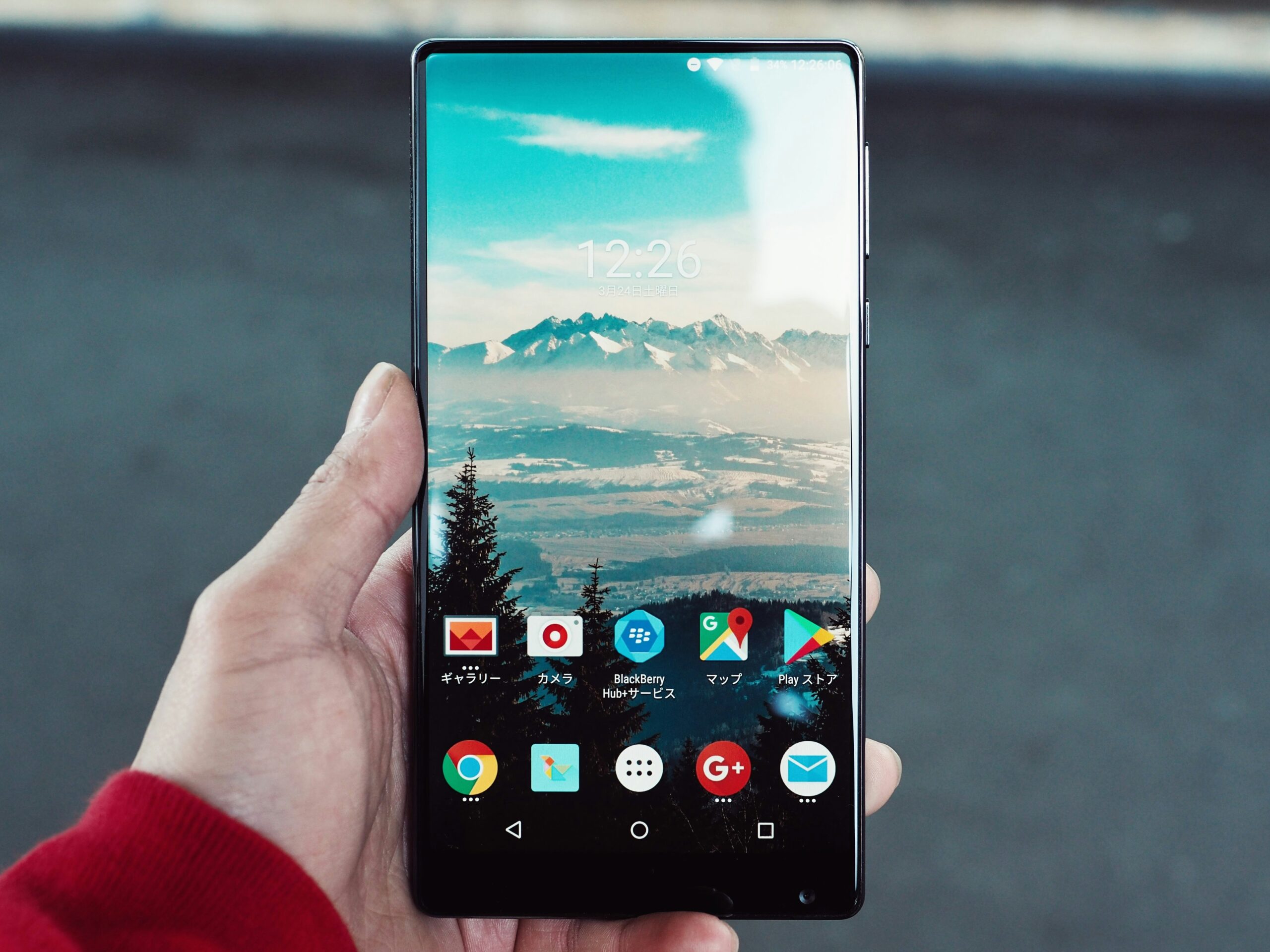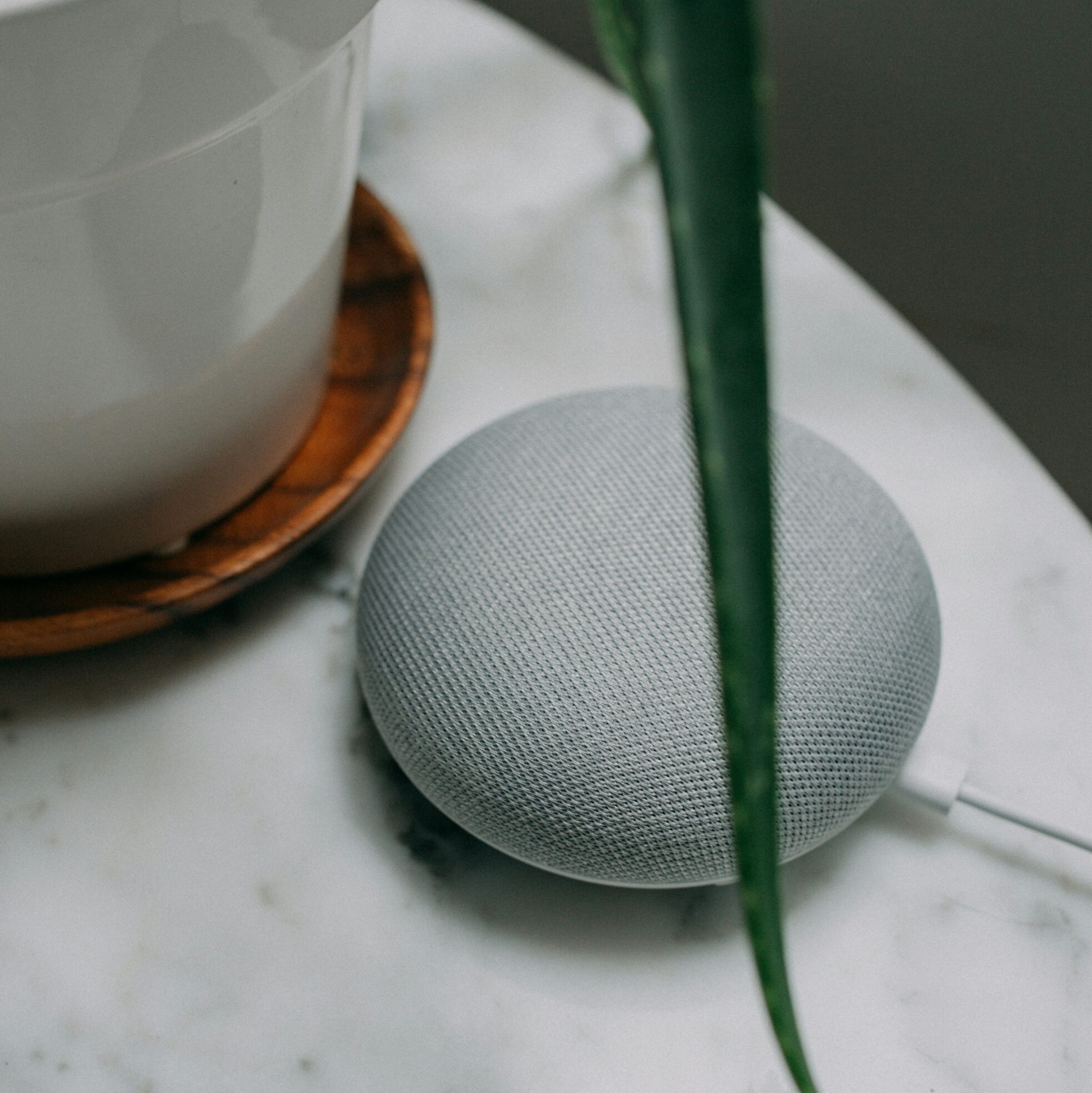Introduction to Android’s Evolution
The Android operating system, developed by Google, has undergone significant transformations since its inception in 2008. Initially released as a platform tailored for mobile phones, Android has expanded its reach into various devices, including tablets, televisions, and wearables. The versatility of the Android ecosystem stems from its robust open-source architecture, which invites developers to contribute and innovate. This collaborative approach has fostered a vibrant community that continuously drives the evolution of Android.
Throughout its history, Android has introduced several major updates, each bringing enhancements in performance, security, and user experience. The release of Android 1.0 marked the beginning, featuring core applications and the Android Market, which later evolved into the Google Play Store. As the operating system progressed, notable versions like Android 2.2 Froyo brought speed improvements, while Android 4.0 Ice Cream Sandwich introduced a unified user interface for both smartphones and tablets.
The transition to Android 5.0 Lollipop was a pivotal moment, as it introduced Material Design, a new design language that redefined accessibility and usability. Subsequent versions have built upon this foundation, with Android 9.0 Pie offering gesture navigation and Digital Wellbeing features, emphasizing user control over device usage. Most recently, Android 12 has taken personalization to new heights with its dynamic color themes and privacy dashboard.
In keeping pace with technological advancements, staying updated with the latest features in Android is essential for optimizing user experience. Each update not only enhances the capabilities of devices but also ensures that users can take advantage of improvements in security, performance, and functionality. Understanding the evolution of Android thus serves as a gateway to appreciating the significance of the latest functionalities and updates in the Android operating system.
Feature 1: Personalized Widgets
The latest iteration of the Android operating system has made significant strides in enhancing the customization of widgets, allowing users a more personalized experience on their devices. Widgets serve as dynamic, interactive elements that bridge the gap between applications and the home screen. With the new enhancements, users can tailor these widgets to reflect their unique preferences in both functionality and appearance.
One of the primary advantages of personalized widgets is the ability to customize their size, shape, and layout to fit seamlessly into the home screen’s design. This flexibility enables users to prioritize the information that matters most to them. For instance, a user may opt for a weather widget that not only provides updates but also showcases a visual representation of the forecast. This aesthetic appeal not only enhances the visual appeal of the home screen but also improves the user interface by allowing immediate access to relevant information.
In addition to visual customization, personalized widgets also optimize accessibility. With just a glance, users can view vital information such as calendar appointments, messages, or news updates without the need to open individual applications. This functionality significantly reduces the time spent navigating through apps, thereby improving overall productivity. Furthermore, the latest Android features also support interactive widgets which allow users to perform certain actions directly from the widget interface, such as replying to messages or controlling media playback.
In summary, the introduction of personalized widgets in the latest Android version not only elevates the aesthetic; it also enhances efficiency by providing tailored access to applications and critical information. This combination of functionality and customization options proves to be a powerful tool for users seeking to optimize their device experience.
Improved Privacy Controls
In recent updates to the Android operating system, significant strides have been made in enhancing user privacy through improved controls. One of the standout features is the introduction of a comprehensive privacy dashboard, which allows users to manage their app permissions with precision. This dashboard not only consolidates permission settings for various applications but also provides insights into how often these permissions are being utilized. Such granularity empowers users to make informed decisions about their data, thereby enhancing their overall control over personal information.
Alongside the privacy dashboard, Android has implemented prominent indicators for camera and microphone usage. Whenever an application accesses these features, users receive real-time notifications on their devices. This awareness not only fortifies user confidence but also acts as a deterrent against unauthorized access. For instance, if a user notices the microphone indicator illuminated unexpectedly, they have a clear signal that further investigation into the offending app is warranted. This feature is particularly useful in an age where privacy concerns are increasingly paramount.
The applications of these improved privacy controls are vast. One practical scenario might involve a social media app requesting access to a user’s camera. Upon reviewing the privacy dashboard, the user can ascertain whether the app consistently requires that permission or if it is being exploited beyond its intended purpose. If they find the latter to be true, they may choose to revoke that access or uninstall the application entirely, thereby enhancing their safety. The integration of these features illustrates Android’s commitment to prioritizing user security and fostering a more transparent environment for managing personal data.
Feature 3: Smart Reply and Enhanced Messaging
The advancement of messaging functionalities in the Android operating system has significantly improved user experience, particularly with the introduction of the Smart Reply feature. Leveraging machine learning, Smart Reply intelligently analyzes the context of incoming messages and suggests appropriate quick responses. This enhancement not only facilitates seamless communication but also saves users time, allowing them to respond to messages with minimal effort.
When a text message arrives, Smart Reply presents a selection of suggested replies directly above the keyboard. This feature uses contextual cues from the conversation, making it easier for users to communicate without needing to type out lengthy responses. By integrating machine learning algorithms, Android recognizes patterns in users’ responses, gradually refining suggestions to cater more closely to individual communication styles. This capability streamlines messaging, easing the pressure of formulating responses in real time.
Moreover, Smart Reply is designed to work efficiently with both native apps and a variety of third-party messaging platforms. Google has expanded compatibility with popular applications such as WhatsApp, Telegram, and Facebook Messenger, broadening the reach and usability of this feature. As a result, users can enjoy enhanced messaging capabilities irrespective of the applications they prefer. The seamless integration into various platforms exemplifies Android’s commitment to fostering improved communication experiences.
In addition to Smart Reply, recent updates have introduced enhanced messaging functionalities such as read receipts, multimedia sharing improvements, and chat organization tools. These features collectively contribute to a more cohesive messaging experience on Android devices. Ultimately, Smart Reply and its complementary functionalities encapsulate the strides made in optimizing communication within the Android OS, reinforcing the platform’s position as a leader in mobile messaging technology.
Integrated Digital Wellbeing Tools
As smartphones have become an integral part of daily life, the need to manage their usage effectively has grown significantly. Android OS addresses this concern by incorporating integrated digital wellbeing tools designed to help users strike a healthy balance between productivity and leisure time. These innovative features encourage mindful interaction with mobile devices, ultimately promoting mental well-being.
One of the notable functionalities is the Bedtime Mode, a feature that helps users establish a consistent sleep schedule. By scheduling “do not disturb” periods and displaying a grayscale screen after a selected time, Bedtime Mode reduces distractions and encourages better sleep hygiene. Research has shown that excessive smartphone usage, particularly during nighttime, can disrupt sleep patterns, leading to increased stress and diminished cognitive function. Therefore, implementing Bedtime Mode can significantly contribute to an improved lifestyle.
Additionally, Android’s App Timers allow users to set limits on specific applications, empowering them to monitor and control their engagement with various digital platforms. With these timers, users can track their screen time on social media or gaming apps, fostering a more intentional use of technology. According to studies, individuals who actively manage their screen time report lower anxiety and a more favorable mood, highlighting the importance of these features in mitigating the adverse effects of overuse.
Another essential tool is Focus Mode, which temporarily pauses distracting applications while users concentrate on important tasks. This functionality encourages users to be more present and productive by minimizing interruptions, thereby enhancing their overall digital experience. Users can custom-tailor their focus sessions, determining which apps to limit and for how long, ensuring that their priorities are effectively managed.
Overall, integrated digital wellbeing tools in the Android system not only promote healthier smartphone habits but also support users in cultivating a balanced approach to technology use. The increasing recognition of the impact of device usage on mental health underscores the need for these essential features in today’s interconnected world.
Feature 5: Game Mode and Performance Boost
With the latest developments in Android OS, gaming enthusiasts are set to experience significant enhancements through the newly introduced Game Mode. This specialized mode optimizes device performance, ensuring that gamers enjoy a smoother and more responsive gaming experience. By prioritizing system resources, Game Mode minimizes interruptions from notifications and background processes, allowing players to immerse themselves fully in their favorite titles.
One of the standout features of this mode is the capability for screen recording. Gamers can now effortlessly capture their gameplay in high definition, enabling them to share incredible moments with friends or upload highlights to social media platforms. This feature not only serves as a method of documenting gameplay but also aids in post-game analysis, enhancing players’ skills over time.
In addition to capturing gameplay, the performance analytics component of Game Mode provides detailed insights into how applications are utilizing system resources. Gamers can see metrics such as frame rates and CPU usage, allowing them to tweak settings for optimal performance. These analytics empower users to make informed decisions about which graphical settings to adjust, ensuring that they can enjoy a high-quality experience without sacrificing frame rates.
Moreover, the settings adjustments available within the Game Mode allow for fine-tuning of various parameters crucial for competitive play. From prioritizing network performance to modifying resolution settings, these adjustments cater specifically to gamers who seek an edge in their gameplay. As competitive gaming continues to grow in popularity, such tools will become essential for those aiming to perform at their best.
As Android OS continues to evolve, the Game Mode represents a significant stride toward enhancing the overall gaming experience, providing tools tailored for the modern gamer and emphasizing the importance of performance in today’s mobile gaming landscape.
Feature 6: Nearby Share for Quick File Transfers
The Nearby Share feature in Android has revolutionized the way users transfer files between devices, establishing a seamless and efficient method for sharing content within the Android ecosystem. This functionality leverages Bluetooth, Wi-Fi Direct, and WebRTC, allowing users to share files of various types, including images, videos, documents, and links, in mere seconds. This multifaceted approach ensures that transfers occur quickly, even in situations where an internet connection may be unreliable or unavailable.
For users, the process is strikingly simple. To initiate a file transfer, one needs to select the desired file and then tap on the Nearby Share option. Following this, the device scans for available nearby devices that can accept the files. Once the intended recipient is discovered, the sender can choose to proceed with the transfer. The recipient receives a notification prompting acceptance, fostering collaboration without unnecessary complications. Additionally, users have the option to remain anonymous, meaning they can choose whether or not their device appears to others searching for available devices in the vicinity.
Security is paramount in the file-sharing process, and Nearby Share protects user data through encryption. All transfers take place with strong encryption protocols, ensuring that personal information and files remain private during transit. Users can also adjust their visibility settings, choosing between options such as “All Contacts,” “Some Contacts,” or entirely “Hidden.” By allowing this level of customization, Nearby Share enhances the user experience while ensuring that security measures are strict and effective.
In summary, the Nearby Share feature encapsulates the essence of modern file-sharing practices, facilitating fast and secure transfers across the Android platform. This innovation exemplifies Android’s commitment to enhancing user interactivity and simplifying daily tasks through technological advancements.
Updated Google Assistant Capabilities
The Google Assistant has undergone substantial enhancements, becoming an indispensable tool for Android users. With the introduction of new voice command capabilities, managing everyday tasks has never been easier. The improved functionalities allow users to effortlessly control their devices and access information through simple verbal prompts. For instance, users can now ask Google Assistant to check their schedules, set reminders, or create to-do lists without needing to interact physically with their devices.
One of the noteworthy updates is the enhanced integration of Google Assistant with various applications. This means that the Assistant can interact more seamlessly with apps such as Google Calendar, Gmail, and even third-party platforms like Spotify and Nest. Users can ask the Assistant to play specific songs, adjust smart home settings, or even send messages, simplifying interactions across multiple applications. This capability significantly streamlines daily tasks, saving users valuable time and effort.
A salient application of these updated features can be seen in real-world scenarios. For instance, imagine a busy professional preparing for their day. With the command, “Hey Google, what’s on my agenda today?” the Assistant promptly responds with the day’s scheduled events. Furthermore, users can say, “Turn on the living room lights,” to adjust their smart home environment without touching a switch. Whether managing appointments, controlling smart devices, or retrieving information, the updated Google Assistant continues to evolve in ways that facilitate a smoother user experience.
These advancements are representative of the broader trend in Android OS towards increased personalization and automation. As voice recognition technology improves, users will find themselves relying on the Assistant not only for convenience but also for efficient organization of their daily lives.
Feature 8: Seamless Device Connectivity with Android 12 and Beyond
With the introduction of Android 12, Google has significantly enhanced device connectivity, allowing users to experience a more integrated ecosystem across their various gadgets. This update marks a pivotal evolution in how Android devices communicate with one another, fostering better synchronization and compatibility among smartphones, tablets, wearables, and smart home devices. The improvements in connectivity are not just about ease of use; they also play a crucial role in enhancing the overall user experience.
The improved cross-device compatibility in Android 12 ensures that users can access their applications and files swiftly, regardless of the device they are using. For instance, the Quick Share feature allows users to share photos, videos, and files seamlessly between Android devices with just a few taps. This functionality eliminates the need for complex pairing processes or third-party applications, streamlining everyday operations for users. Moreover, the integration with smart home devices has been made more intuitive, allowing for effortless control of gadgets like smart lights or thermostats directly from smartphones.
Another noteworthy advancement is the enhanced support for wearables through the Wear OS integration. This development ensures that users can easily view notifications or control their devices via their smartwatches, promoting a more coherent multitasking environment. With the consistent updates to Android, it is evident that Google aims to create a cohesive ecosystem that acknowledges the increasing reliance on multiple connected devices in everyday life.
Furthermore, the fusion of Artificial Intelligence within these functionalities leads to smarter device interactions. These developments, driven by user feedback and technological advancements, emphasize Google’s commitment to creating a modern user experience. As the Android OS continues to evolve, we can anticipate even more sophisticated connectivity features that will make cross-device interactions seamless and efficient.
Feature 9: Advanced Security Features
In recent years, security has become a paramount concern for users of Android devices. As cybercriminals become increasingly sophisticated, the operating system has evolved to offer advanced security features that protect personal data and maintain user privacy. One of the most significant advancements is the integration of a new secure processor dedicated to biometric authentication. This processor enhances the safety of fingerprint and facial recognition systems, ensuring that sensitive user data remains secure even if the device is compromised.
Additionally, Android has incorporated machine learning algorithms into its security framework to bolster threat detection capabilities. This enhancement allows the operating system to identify potential threats in real time, analyzing app behavior and network activity to flag suspicious actions. Users can rest assured that their devices are constantly monitored for vulnerabilities, significantly reducing the risk of data breaches.
Furthermore, Android’s commitment to regular security updates is another critical aspect of its advanced security features. By providing frequent updates, Google addresses newly discovered vulnerabilities and threats promptly, ensuring that users are always protected against the latest risks. This proactive approach to security not only reinforces user trust but also enhances the overall resilience of the Android ecosystem.
In today’s digital landscape, the ongoing battle against cyber threats necessitates a robust security infrastructure. The combination of secure processors for biometric verification, machine learning-enhanced threat detection, and timely security updates collectively fortifies Android devices against various vulnerabilities. As users navigate an increasingly complex online world, these advanced security features play a crucial role in safeguarding personal information and enhancing overall user experience on Android platforms.
![]()



